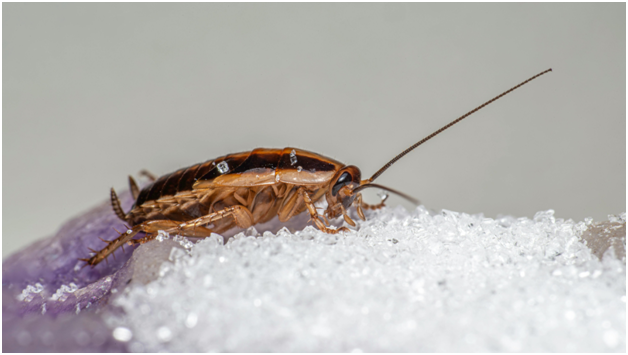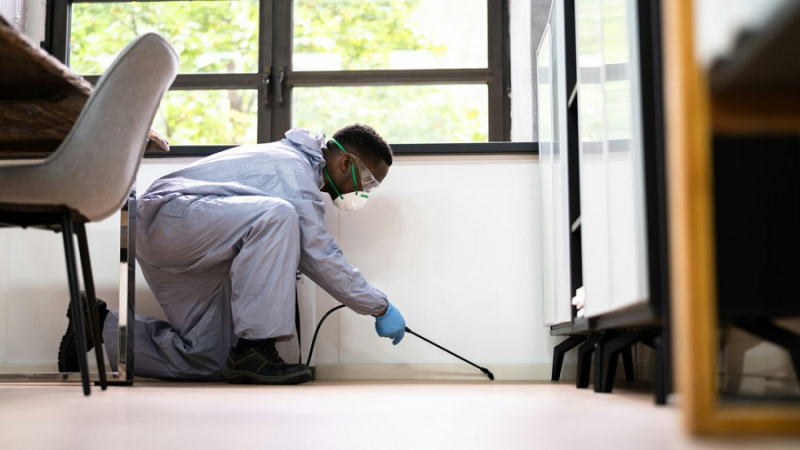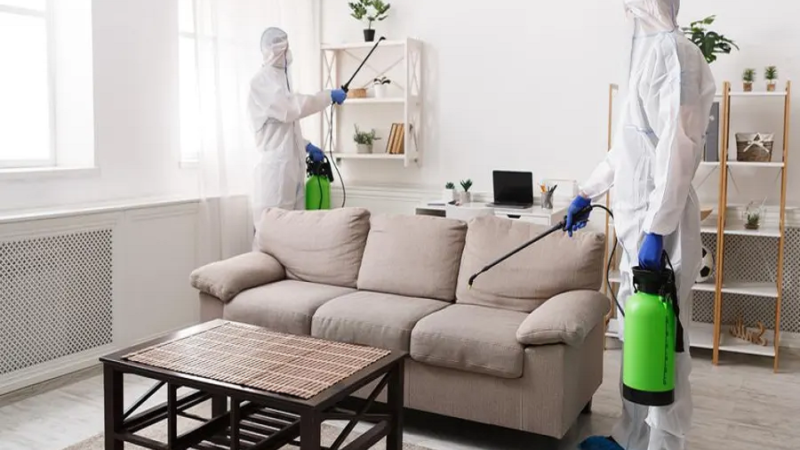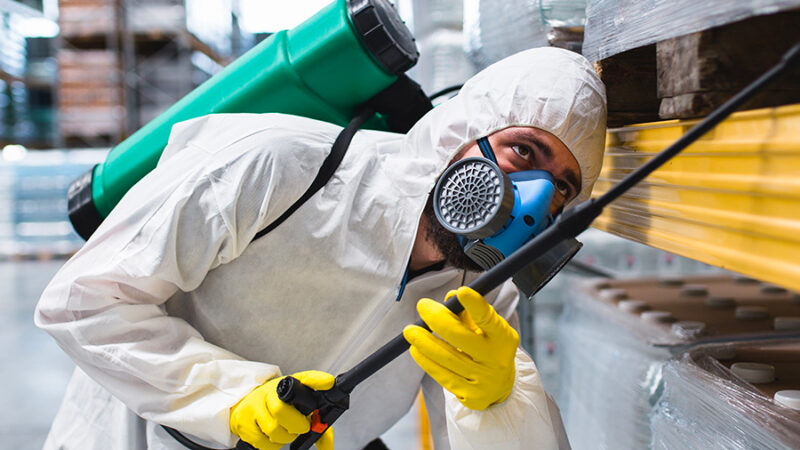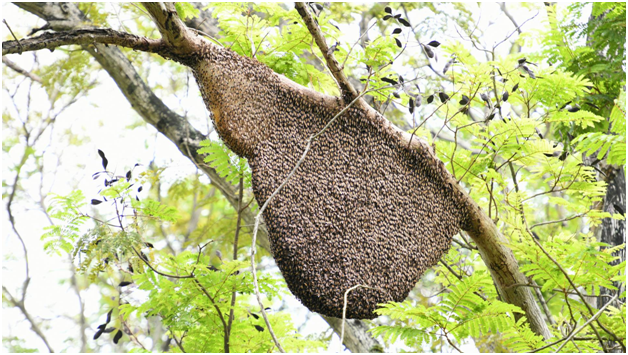Top 10 Pests That Invade Homes and How to Prevent Them
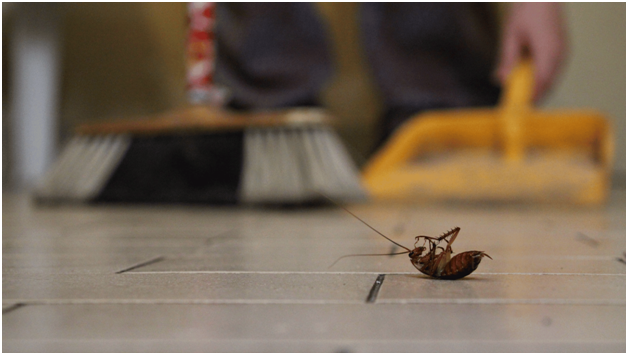
Household pests are more than just a nuisance; they can pose health risks and cause significant damage to your property. Understanding the most common pests that invade homes and implementing effective prevention strategies is essential for maintaining a safe and comfortable living environment.
Here’s an overview of the top ten pests that often invade homes, along with tips on how to prevent them.
1. Ants
Ants are among the most common household pests, often entering homes in search of food. They can form large colonies, making them challenging to eliminate once they’ve established a presence.
Prevention Tips:
- Seal cracks and crevices around doors and windows.
- Keep food stored in airtight containers.
- Clean up spills and crumbs promptly, especially in the kitchen.
2. Cockroaches
Cockroaches are notorious for their ability to thrive in a variety of conditions. They can carry diseases and trigger allergies, making them a serious concern for homeowners.
Prevention Tips:
- Maintain cleanliness by regularly cleaning kitchens and dining areas.
- Fix leaks to eliminate moisture, which cockroaches thrive on.
- Seal entry points to prevent them from entering your home.
3. Termites
Termites can cause extensive damage to wooden structures in your home if left unchecked. They often go unnoticed until significant damage has occurred, making them particularly dangerous.
Prevention Tips:
- Conduct regular inspections of your home’s foundation and wooden structures.
- Keep wood piles away from your home and ensure proper drainage around the foundation.
- Consider using termite-resistant materials when building or renovating.
4. Mice
Mice are not only a common household pest but can also carry diseases. They reproduce quickly, making it essential to address any infestations promptly.
Prevention Tips:
- Seal any holes or gaps in walls, floors, and foundations to prevent entry.
- Store food in sealed containers and keep pet food in airtight bins.
- Keep your home clean and clutter-free to reduce hiding spots.
5. Bed Bugs
Bed bugs have become increasingly common in recent years, often hitching a ride on luggage, clothing, or used furniture. They feed on human blood, causing itchy bites and discomfort.
Prevention Tips:
- Inspect second-hand furniture and bedding before bringing them into your home.
- Wash and dry bedding and clothing on high heat regularly.
- Consider encasing mattresses and pillows in protective covers.
6. Spiders
While most spiders are harmless, their presence can be unsettling for many people. Some species, such as black widows and brown recluse spiders, can be dangerous.
Prevention Tips:
- Keep your home tidy and free of clutter to reduce hiding places.
- Seal cracks and gaps around windows and doors.
- Remove webs and spiders regularly and keep outdoor lighting to a minimum to reduce insect attraction.
7. Fleas
Fleas are not just a problem for pets; they can invade your home and bite humans as well. They reproduce quickly and can become a significant nuisance.
Prevention Tips:
- Treat pets with veterinarian-recommended flea prevention products.
- Regularly vacuum carpets, rugs, and upholstery to remove flea eggs and larvae.
- Wash pet bedding frequently in hot water to eliminate fleas.
8. Silverfish
Silverfish are small, wingless insects that thrive in humid environments. They can damage paper, clothing, and other household items.
Prevention Tips:
- Reduce humidity levels in your home with dehumidifiers or air conditioning.
- Store paper products in sealed containers and keep clothing in dry, sealed areas.
- Regularly clean out closets and storage areas to eliminate potential food sources.
9. Wasps and Bees
Wasps and bees can become a problem, especially during the warmer months. While they play essential roles in the ecosystem, their nests can pose a danger to people, particularly those allergic to their stings.
Prevention Tips:
- Keep food and drinks covered when outdoors to avoid attracting wasps.
- Seal entry points to your home where nests might be built.
- Hire a professional for safe removal if a nest is found near your home.
10. Pantry Pests
Pests like flour beetles, pantry moths, and weevils can infest food items stored in your pantry. These pests often enter through contaminated packages or food.
Prevention Tips:
- Regularly check and clean pantry shelves, disposing of any expired or contaminated food.
- Store dry goods in airtight containers to prevent infestations.
- Consider using pheromone traps to catch and monitor pantry pests.
Conclusion
Recognizing the signs of a pest invasion and implementing preventive measures is essential for maintaining a pest-free home. Regular cleaning, sealing entry points, and proper food storage can significantly reduce the likelihood of pests invading your space.
If you find yourself dealing with a pest problem despite your best efforts, it may be time to seek help from residential pest control services. These professionals can provide targeted solutions to eliminate pests and prevent future infestations, ensuring your home remains safe and comfortable for you and your family.


